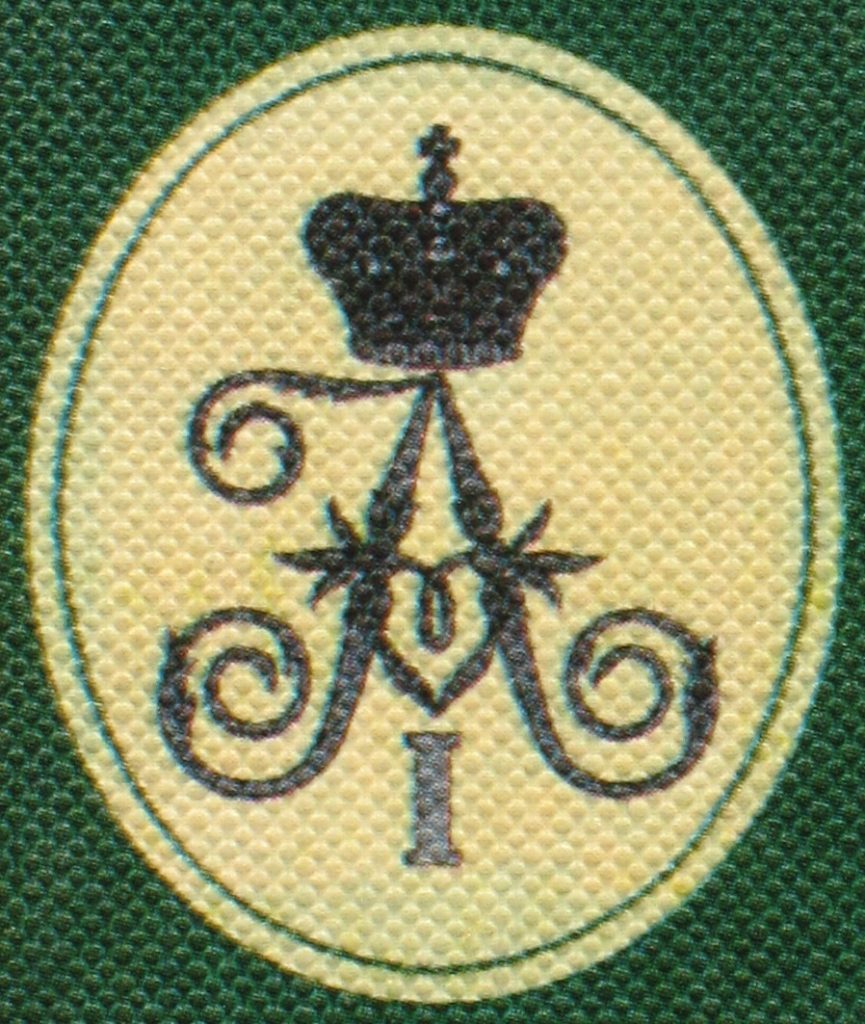A Look at the Classic Way to Personalize Just About Anything
The art of monogramming has been around for centuries, and today’s use is as much about personal expression as it is about identification.
It is a popular design element for wedding decorations, for personal stationary, and for jazzing up plain towels. It can be super traditional or have a little modern edge. Its design possibilities and potential use are limited only by your imagination. It is the monogram, and it is all yours. Here’s a look at facts and tidbits about your favorite way to personalize items.
History of Monogramming
Merriam-Webster defines a monogram as “a sign of identity usually formed of the combined initials of a name.” This basic definition lends itself to the original purpose of a monogram. What started as a strictly practical way of identifying personal belongings, monogramming has seen surges in popularity throughout the years. Check out these notable points in monogramming history:
- Greeks and Romans used monograms to identify rulers on their coins.
- In the Middle Ages, artists and artisans adapted the monogram as a way to sign and identify their work.
- During the Victorian Period, high-class folks used monograms liberally as a way to symbolize their place in society.
- Who can forget Laverne of the hit television show Laverne & Shirley, who proudly displayed her single-letter monogram on her shirts and sweaters?
- In recent years, the trend has resurfaced not only on Laverne-style sweaters, but also with three-letter monograms on bags, personal stationary, and baby items.
Monogramming Etiquette
With the swelling popularity of using monograms and the special cases that arise when combining names, traditional monogramming etiquette is not quite as prevalent or required, today as it has been in the past. However, it can be helpful to keep in mind certain rules of monogramming before applying, or creating, your own.
- The most common format is three letters representing the first, last, and middle names. The last name initial goes in the center and is in larger type. For example, the monogram for Sara Ellen Taylor would read: S T E.
- For monograms printed in order of first, middle, and last name, the initials should be printed in the same size like this: SET.
- Married monograms usually include the wife’s first name, the married last name, then the husband’s first name. So, if Sara Ellen Taylor marries Jeremy Luke Bryant, the monogram would look like this: S B J
- Sara could also use her own married monogram incorporating her maiden name and new last name: S B T
Of course, these are just examples of traditional monogramming techniques. Many circumstances today require other monogramming formats, which is part of the fun. You get to create a look that is uniquely yours.

